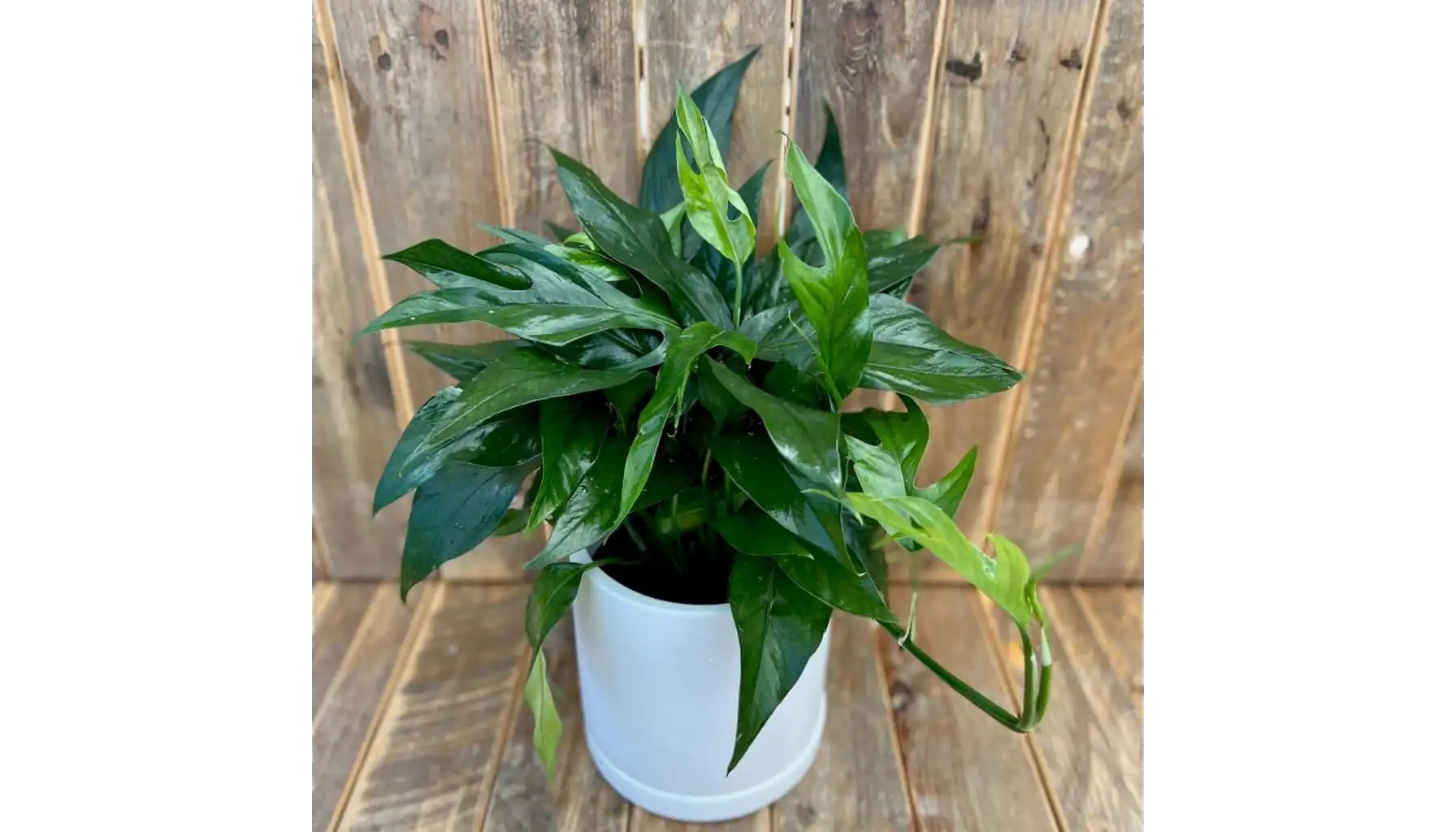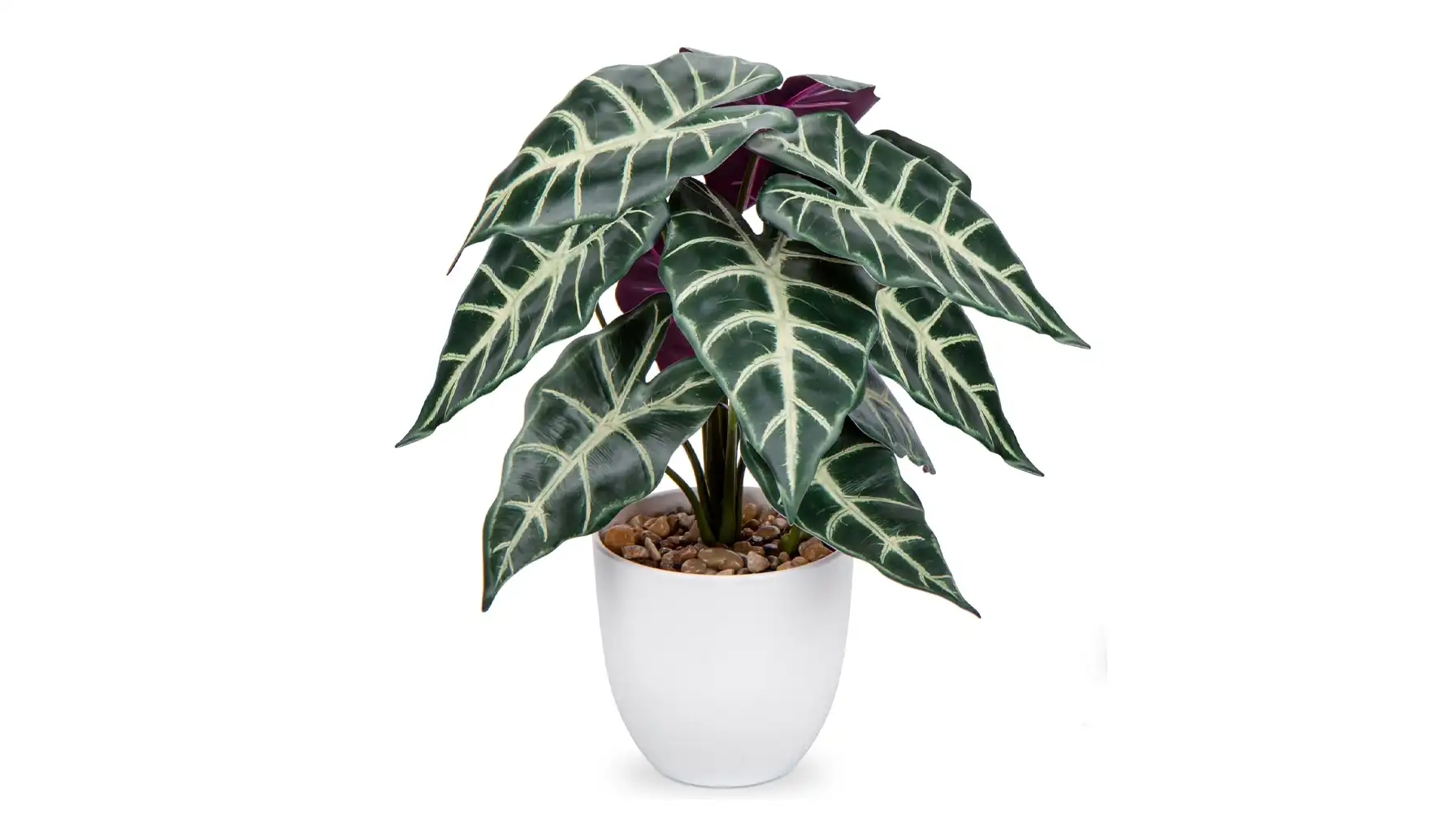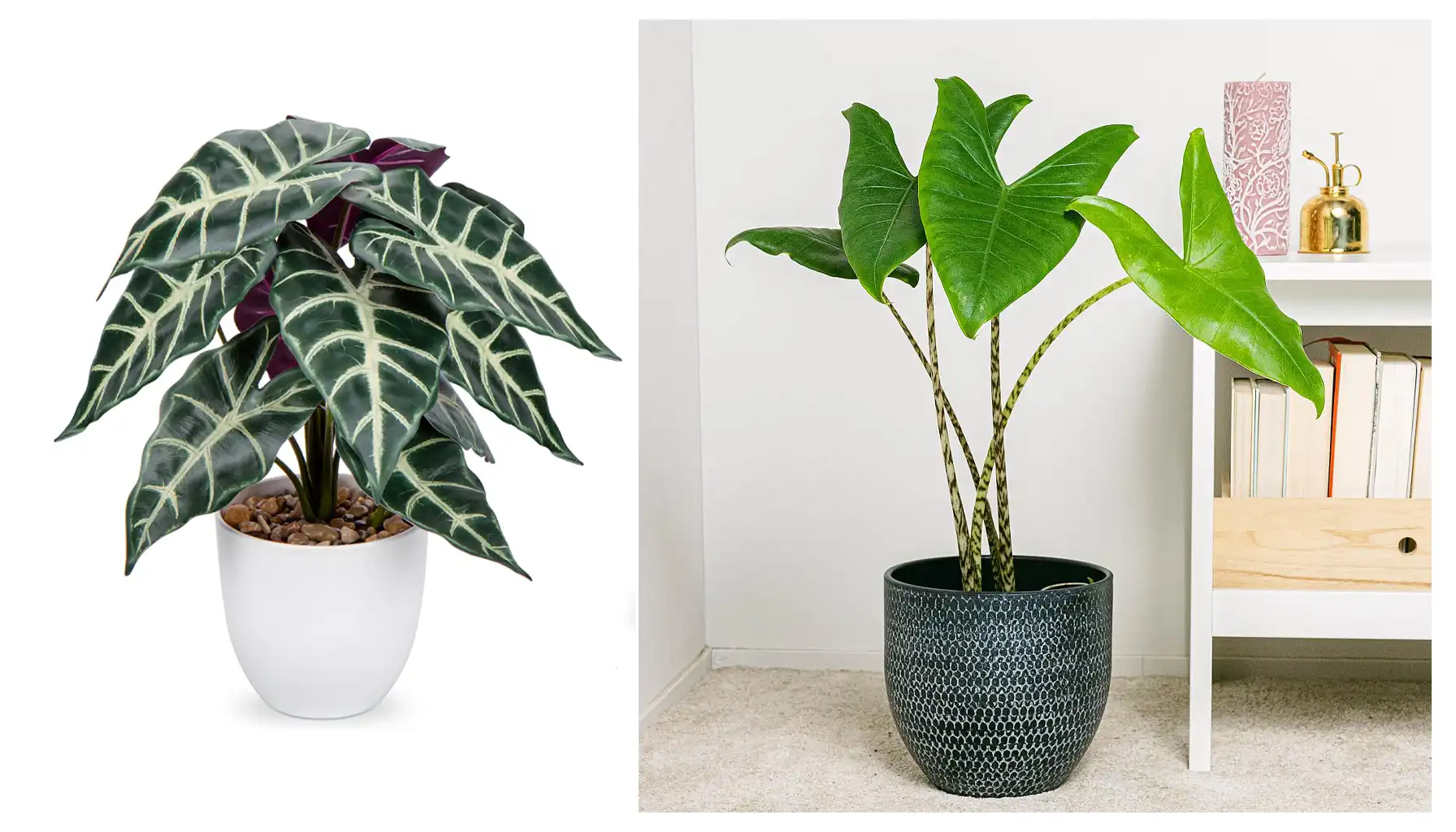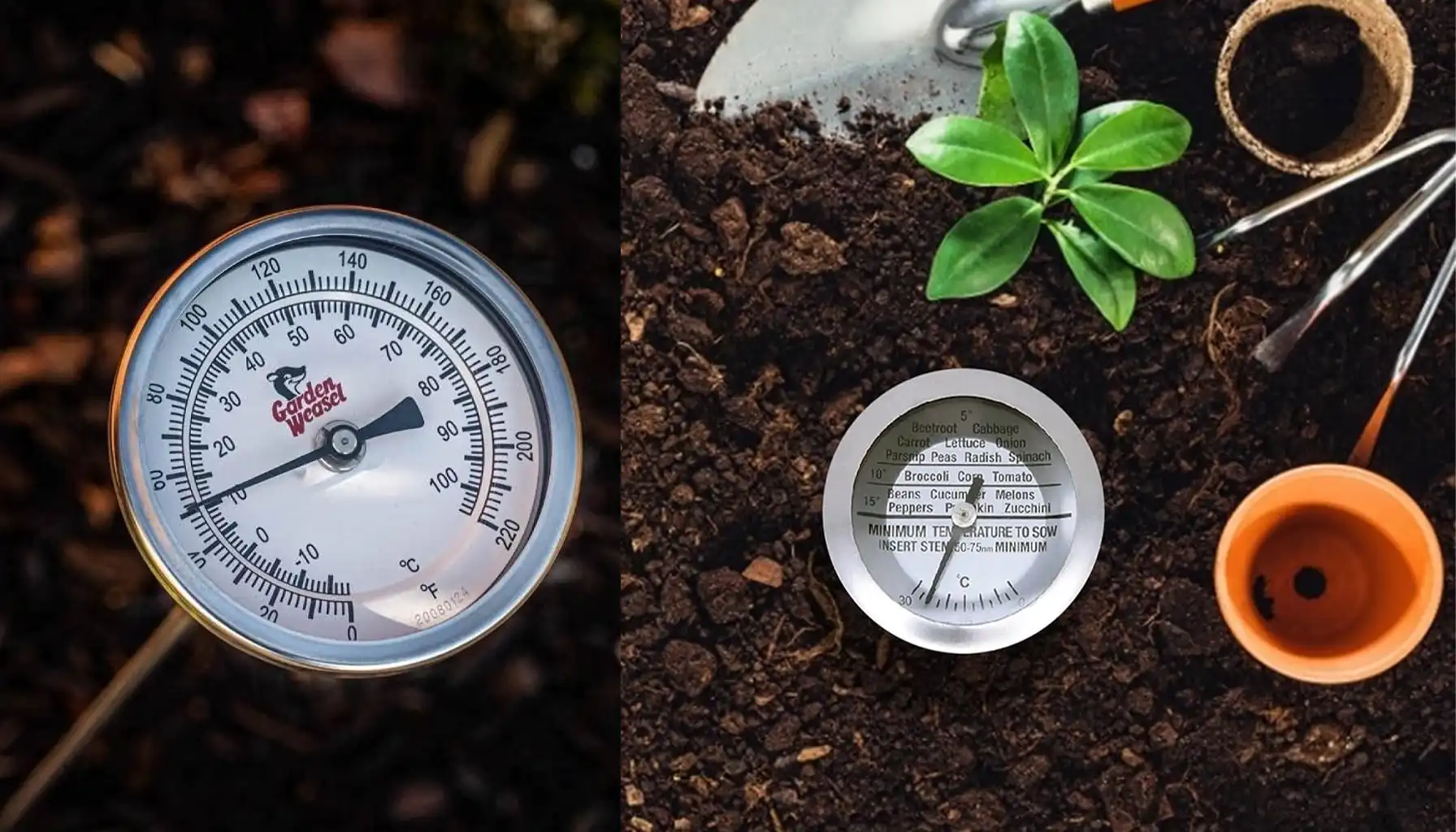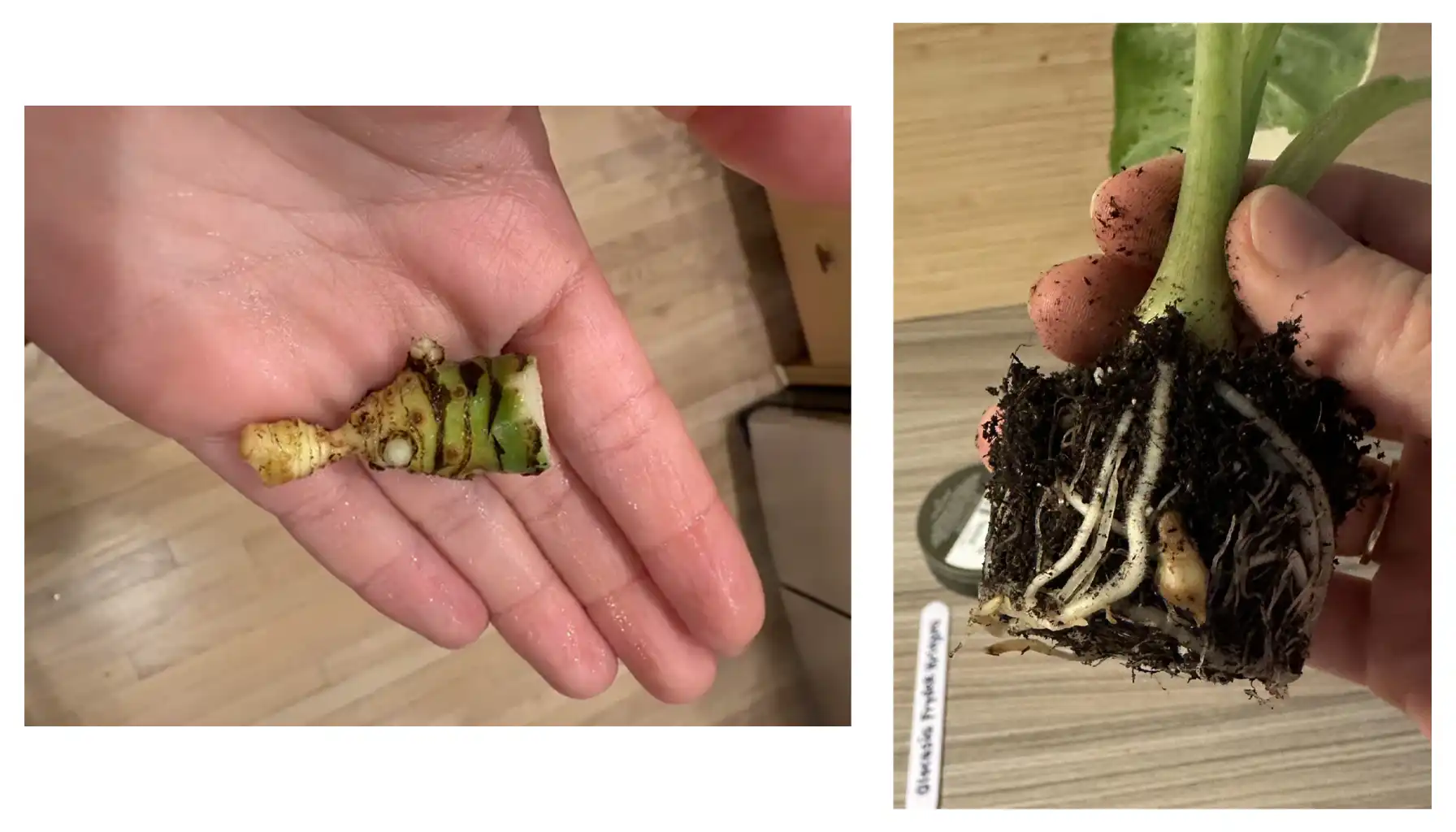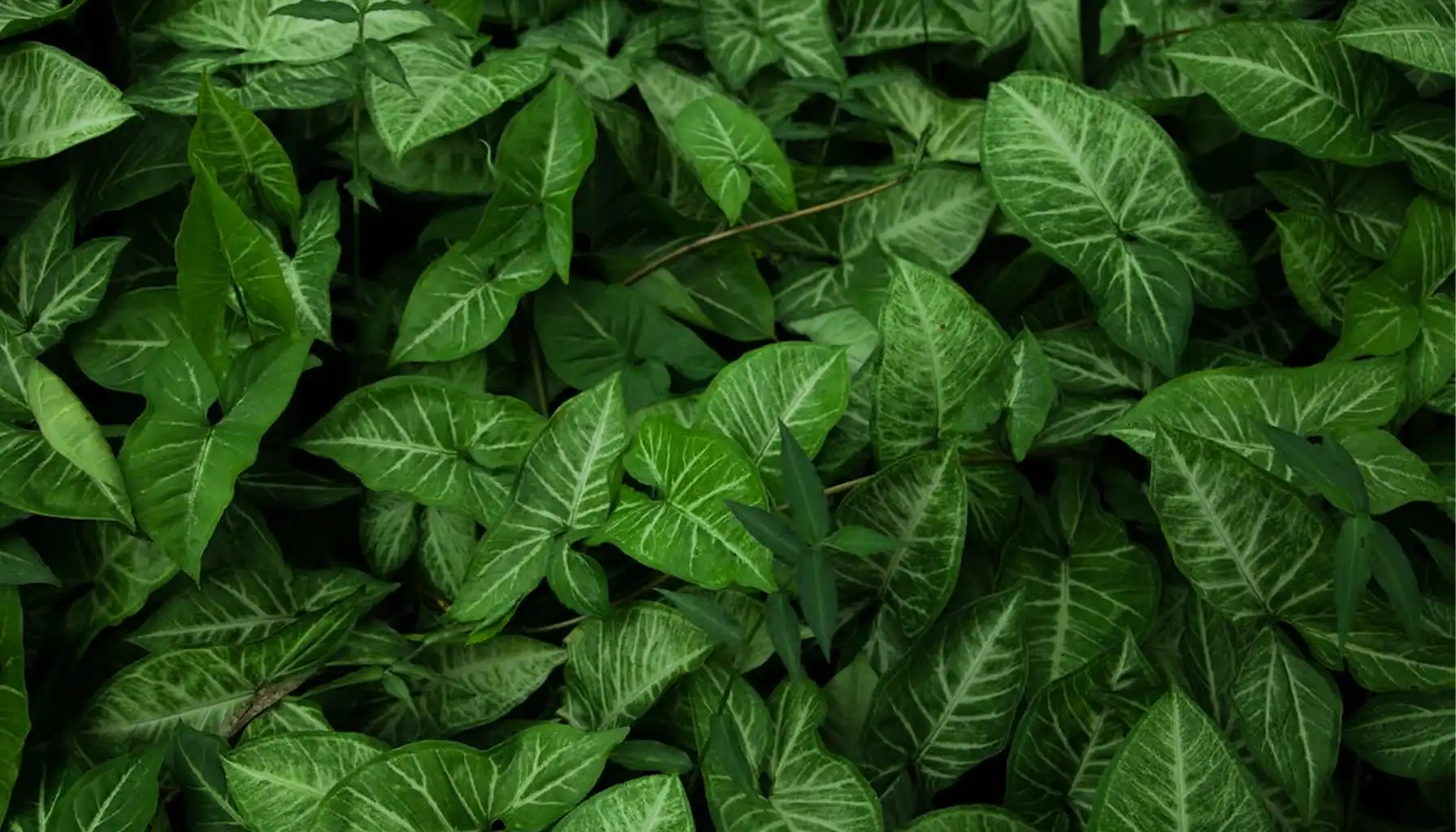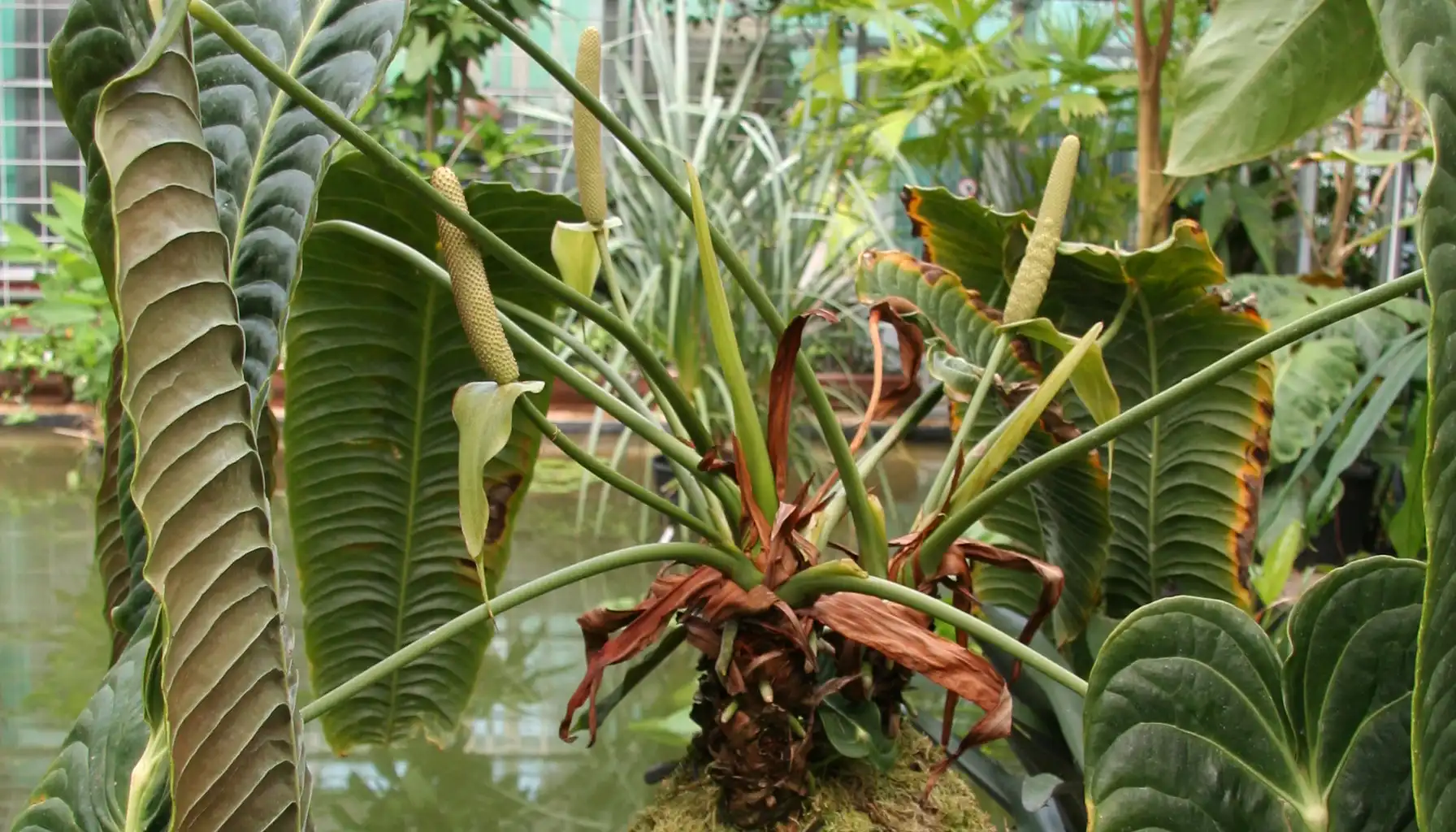Are you tired of generic plants and want to get your hands on something more interesting? Perhaps you should try Alocasia. It has an interesting shape and comes in different colours other than plain green.
If you want to know how to care for an Alocasia plant, you’ve chosen the right place. From care tips to info on many varieties of this shrub, we’ve got you covered.
Next time you’re outside, try to open a free plant identifier. Such apps will tell you the names of local shrubs and flowers. It's good to know the world around you.
Alocasia Description and Facts
Alsocasia has many names: Elephant Ear, African Mask Plant, Kris Plant. Perhaps Elephant Ear is the most accurate name. The shape is similar, and depending on coloration (which can be gray and dark), elephant resemblance is even more pronounced.
Interestingly, it’s an edible flora. To be more precise, it has edible corms (underground stems). Many shrubs, including Cast Iron plants, grow similar structures, but it’s not often that they are edible.
Entry | Details |
Origin | Tropical and subtropical Asia and Eastern Australia |
Type | Perennial tropical shrub |
Size | Indoors: 1–6 ft (0.3–1.8 m) tall. Outdoors: up to 10 ft (3 m) tall, depending on species |
Life Span | Can live several years with proper care. |
Leaf Colors | Large leaves, usually dark green with prominent white or light veins |
Flowers | Small flower spikes similar to calla lilies (bloom rarely indoors) |
Propagation | By division of rhizomes or offsets, stem cuttings |
Toxicity | Toxic to humans and pets if ingested |
Special Features | Has striking foliage |
Alocasia Plant Types
Alocasia is first and foremost an ornamental plant. Today, breeders are working tirelessly to produce a new variety with a different look. If you search for Alocasia plant images on the internet, you will see different photos with diverse shapes and colours.
Let’s have a look at some of the most well-known Alocasia plant varieties and what makes them so desirable.
1. Alocasia amazonica (African Mask Plant / Elephant Ear)
You can call this a “flagship” variety, because that’s what most people think when they hear the word “Alocasia”. This variety has dark green leaves with striking white veins. The foliage is pointed, arrow-shaped, but compact enough to keep it as an indoor Alocasia plant.
2. Alocasia macrorrhizos (Giant Haro / Giant Elephant Ear)
One of the largest species. The leaves can reach 3–6 ft long outdoors, and this length can be rivaled only by other gigantic shrubs like Monstera. The Macrorrhizos variety thrives in tropical gardens. Keeping this giant indoors is usually not the best choice.
3. Alocasia cucullata (Hooded / Chinese Tarot)
This variety has a strong green accent. The leaves are shaped like hoods or cups. Versatile, can grow well indoors and outdoors in warm climates.
4. Alocasia zebrina
This variety is named for its zebra-like striped stems. The leaves are large and arrow-shaped, but they have no stripes, which creates a very interesting contrast. This variety is highly decorative. This Alocasia accent plant can be put with other, different shrubs, and just stand out.
Alocasia Plant Care Indoors + Outdoors
We, people, have skin care, and plants have… plant care. But for ornamental shrubs, their care is also about beauty, because if you don't satisfy the needs of this shrub, it will grow bleak and offer less ornamental value.
How to care for Alocasia plants? Follow these steps, and you will give your Alocasia a good life.
Light Requirements
Bright, indirect light is ideal for this shrub. Direct sunlight, especially for multiple hours, is ill-advised and scorches the leaves.
While this flora can tolerate some shade, it will grow more slowly and have a less pronounced leaf pattern.
Water Requirements
Alocasia has watering preferences similar to most house flora. Keep the soil moist and water it when it gets dry, but don’t overwater it, or the roots will start rotting.
Reduce watering in winter when the shrub goes dormant. Usually, watering it once every two weeks is enough in winter.
Temperature and Humidity Requirements
This shrub comes from the tropics. Therefore, it prefers 65–80°F (18–27°C). Cold is a dangerous enemy for this shrub, and temperatures below 60°F (16°C) may hurt it, but only if it’s a sudden cold draft.
When you give this shrub time to acclimate, it simply hibernates during the cold winter, so you can still put your Alocasia plant outdoors.
High humidity (60–80%) is essential for tropical flora. If your room feels dry, you might want to use a humidifier. If you're keeping the shrub outside, group it with other flora that boost humidity, like Spider plants.
Soil Requirements
Generally, a well-draining potting mix is the best. A mix of peat, perlite, or orchid bark is also great and offers good aeration.
Avoid heavy, water-retentive soils that can cause root rot.
Fertilizer Requirements
Feed this shrub every 2–4 weeks during the growing season (spring and summer). Use a balanced liquid fertilizer diluted to half strength.
Alocasia Propagation
When it comes to propagation, Alocasia has many options: you can use its roots, stems, and even pups (offshoots surrounding plants). By far the most common and successful method is by root division.
The root of this plant is called a corm. Corms are similar to rhizomes, another root structure often appearing in warm-loving flora like the African Spear. The best time for root division is in spring or early summer, during active growth.
Carefully remove the shrub from its pot. It’s easier when the soil gets dry.
Gently separate the thick underground stems into smaller clumps, ensuring each division has at least one healthy leaf and root system.
How to plant Alocasia corms? Plant each division in fresh, well-draining soil and water it lightly. The young Asocasias often need more frequent watering.
It usually takes about 2 to 3 months for roots to grow and saplings to appear. Be patient, and you will be rewarded.
Toxicity for Pets and People
Is the Alocasia plant toxic to cats? To humans? Is the Alocasia plant toxic to dogs?
Yes, Alocasias are toxic to both humans and animals. Almost every part of this shrub contains calcium oxalate crystals, which can cause:
In humans, mouth and throat irritation, swelling, difficulty swallowing, and stomach upset may occur if ingested.
In pets (cats, dogs, rabbits, etc.): drooling, vomiting, pawing at the mouth, decreased appetite, and, in severe cases, difficulty breathing.
These crystals appear often in house flora (Philodendrons, for example). It’s best to keep curious pets away from such shrubs.
The сщкьы, the root part, is edible and safe if cooked properly.
Alocasia Indoor Plant Benefits
There’s no doubt, this shrub is pretty, just Google Alocasia plant photos online. But is there more than just beauty? Keeping a fancy Alocasia plant is nice, but today, many strive for functionality. Gladly, when it comes to the practical side, this shrub has more things to offer.
Category | Benefits |
Aesthetic Appeal | Large, dramatic leaves with striking patterns add a tropical, modern, and exotic feel to interiors. It can spice up living rooms, offices, or lobbies. |
Air Quality | Like many indoor plants, Alocasia helps filter indoor air by removing some toxins and increasing humidity levels. |
Mood & Well-being | Studies suggest that being around lush greenery can reduce stress, improve focus, and enhance overall mood. |
Educational Value | Being a tropical flora, Alocasia offers a great practice. You can learn to take care of it and gradually switch to more complicated plants. |
AI Plant Finder
Gardeners need help, both beginners and professionals, and the AI Plant Finder is a great tool for recognizing flora.
The app uses AI image recognition to identify plants, from flowers to succulents, just by a photo scan. The app delivers accurate results with species characteristics. How accurate? 97%, with over 300,000 flora species in the database.
Does your green buddy seem off? AI Plant Finder can even identify diseases and provide actionable treatment suggestions. Accuracy is 98%.
And if you have any questions, the platform has an “AI Botanist” feature to answer plant care questions, offer customized guidance, and help troubleshoot issues.
The AI Plant Finder is free, available on your mobile device (iOS and Android).
Related AI Plant Finder Posts
